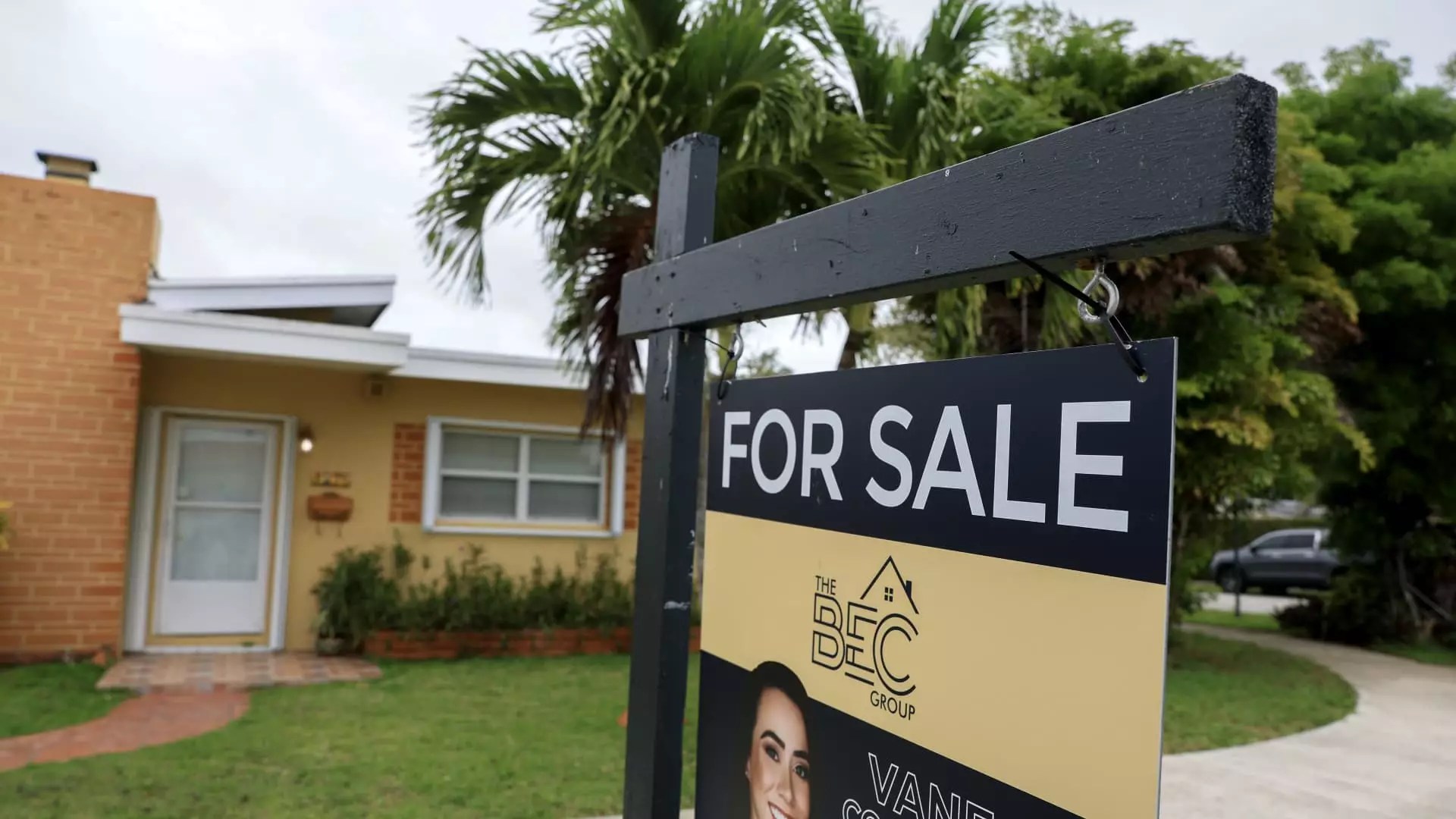Despite a slight dip in mortgage rates, recent data indicates rising demand hasn’t followed suit. The Mortgage Bankers Association reported a disheartening 3.9% decline in total mortgage application volume last week. It’s perplexing: rates have dipped marginally to an average of 6.92%, yet enthusiasm for home buying seems stagnant. The housing market shouldn’t be overrun with apathy, but here we are, witnessing buyers maintaining a cautious distance.
What’s Driving Consumer Reluctance?
It’s important to examine why rising application figures aren’t responding positively to lower mortgage rates. A common inference would be that lower costs encourage buyers; however, this isn’t occurring. The reality is that potential borrowers possess a keen understanding of the market’s cyclical nature. The fear of further rate decreases, paired with broader economic uncertainty, has engendered a wait-and-see approach among consumers. As interest rates teeter within a narrow range, many homebuyers are opposed to jumping in prematurely, potentially overpaying for a home.
Refinance Activity: A Shy Market
Interestingly, the refinance segment seems to be teetering on a similar edge of caution. With applications down 4% week-over-week, there’s a stark contrast when compared to this time last year. In that context, refinance applications surged by a staggering 42%. Yet, this year, many homeowners remain hesitant, holding out for more substantial rate drops. Joel Kan, an economist from the MBA, aptly noted that refinancing isn’t just about opportunity; it’s also heavily influenced by perception and sentiment. Too much apprehension can snuff out demand, even when the opportunity is theoretically more favorable.
Competition and Supply Gauges
When analyzing the housing market, one cannot overlook the crucial role of supply. Home purchase applications also fell by 4%, reflecting a broader reluctance among buyers, despite a year-over-year uptick of 18%. This juxtaposition indicates a complex market dynamic where increased supply hasn’t seamlessly translated into buyer confidence. Given that we’re witnessing the greatest influx of housing stock in five years, an expectation of robust sales springs forth. But the reality? The disconnect persists—demand has faltered, largely due to potential buyers grappling with prices and interest rates instead of exuberantly capitalizing on plentiful options.
Where We Stand: A Stagnant Spring
One cannot help but feel that the stagnant spring housing market is a reflection of deeper economic anxieties. It’s both ironic and concerning that even with some favorable financial conditions, what we see instead are muted responses. We’re standing at a crossroads—consumers weigh decisions with caution, and while some might argue for visionary optimism, it’s essential to recognize the raw fear that looms over the home buying landscape. A shift in mentality among buyers is critical; they must move from the shadow of uncertainty and reengage with a market that despite its flaws still holds significant potential for growth. Only then might we see a real revival in mortgage activity and sales.


Leave a Reply